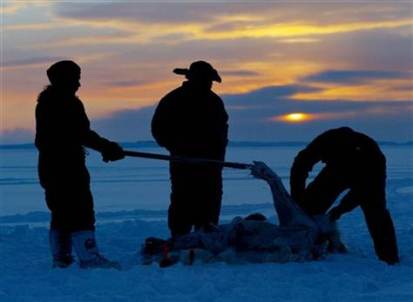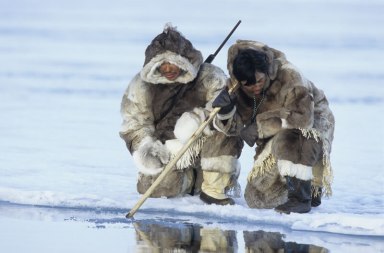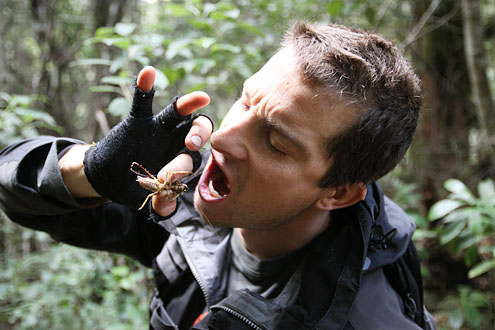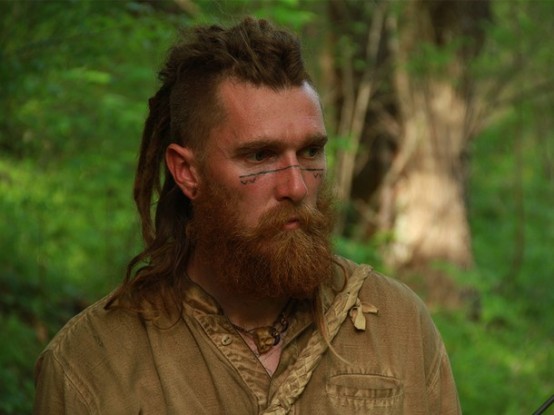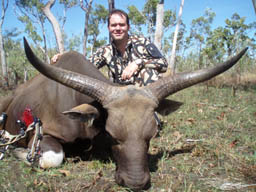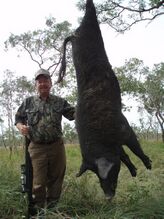Waterfowlers, in my own opinion, are the most resourceful, enduring, and tactical hunters out there. Compared to other settings, most of their hunts, specifically ducks, thrive in environments with the worst condition.
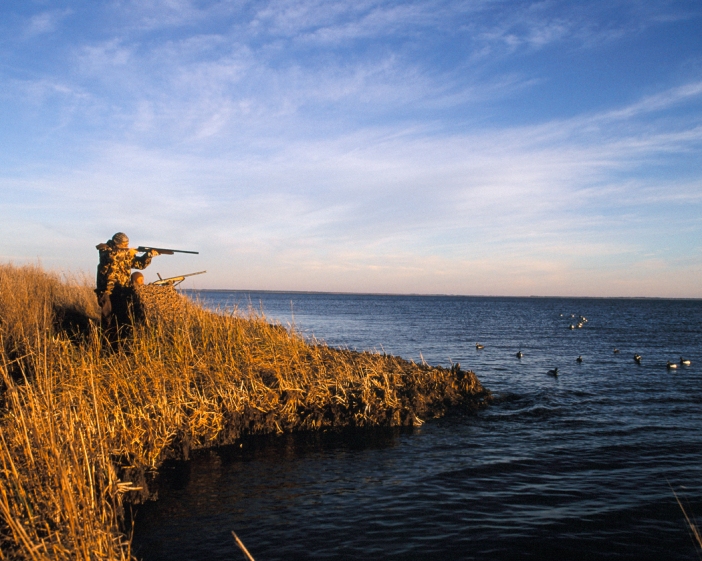 Image source: en.wikipedia.org
Image source: en.wikipedia.org
For those new to the waterfowl hunting, here are some things to remember for before hunting:
Ducks are one of the world’s most durable birds, and they are intelligent since they are capable of hiding in areas far from intruders. One of the most popular strategies is to get up “before the birds.” This means you must schedule your hunt pre-dawn or at night when they are sleeping.
Set up blinds or little huts to limit their movements in watery places like a river, marsh, pond, large lake, or reservoir. You can also set up borders in a specific area to limit the movement of the ducks.
Another very important thing is your shot gun. Choose the most versatile and easy-to-use system to ensure adjustability when hunting. Some of the best guns include Ithaca M37, A400 Xtreme Unico Camo Max4, and the Mossberg 835.
Add motion to your hunting. It’s a tradition. Most hunters use strings in the water to send ripples through their spread. Whatever your tactic is, the water’s motion can provide silent but continuous motion to your decoys. It will let them out of their zone.
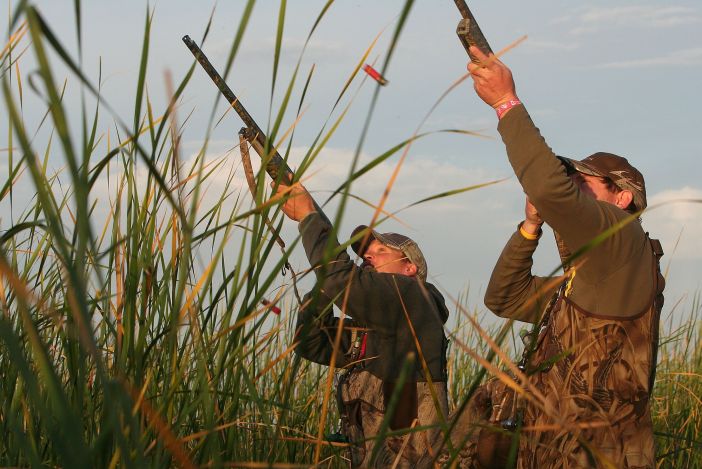 Image source: samcook.areavoices.com
Image source: samcook.areavoices.com
Lastly, the behavior ducks differ in different settings. That said, it is important to research on how they behave in a specific environment, weather and climatic conditions.
What’s up, comrades? I am Les Stein, a sports enthusiast, hunter, and outdoors buff. Join me on
Twitter for a lively discussion on hunting.
